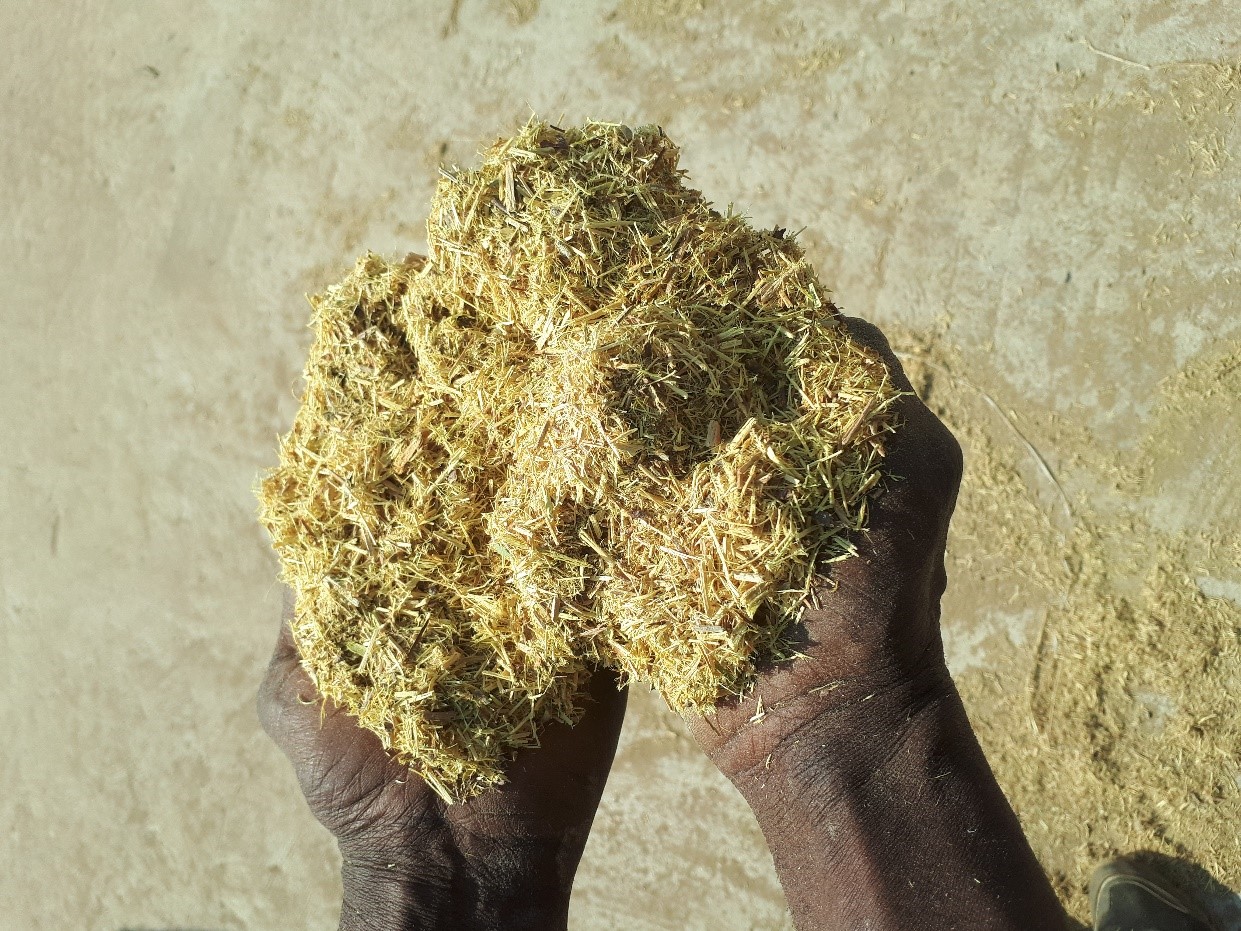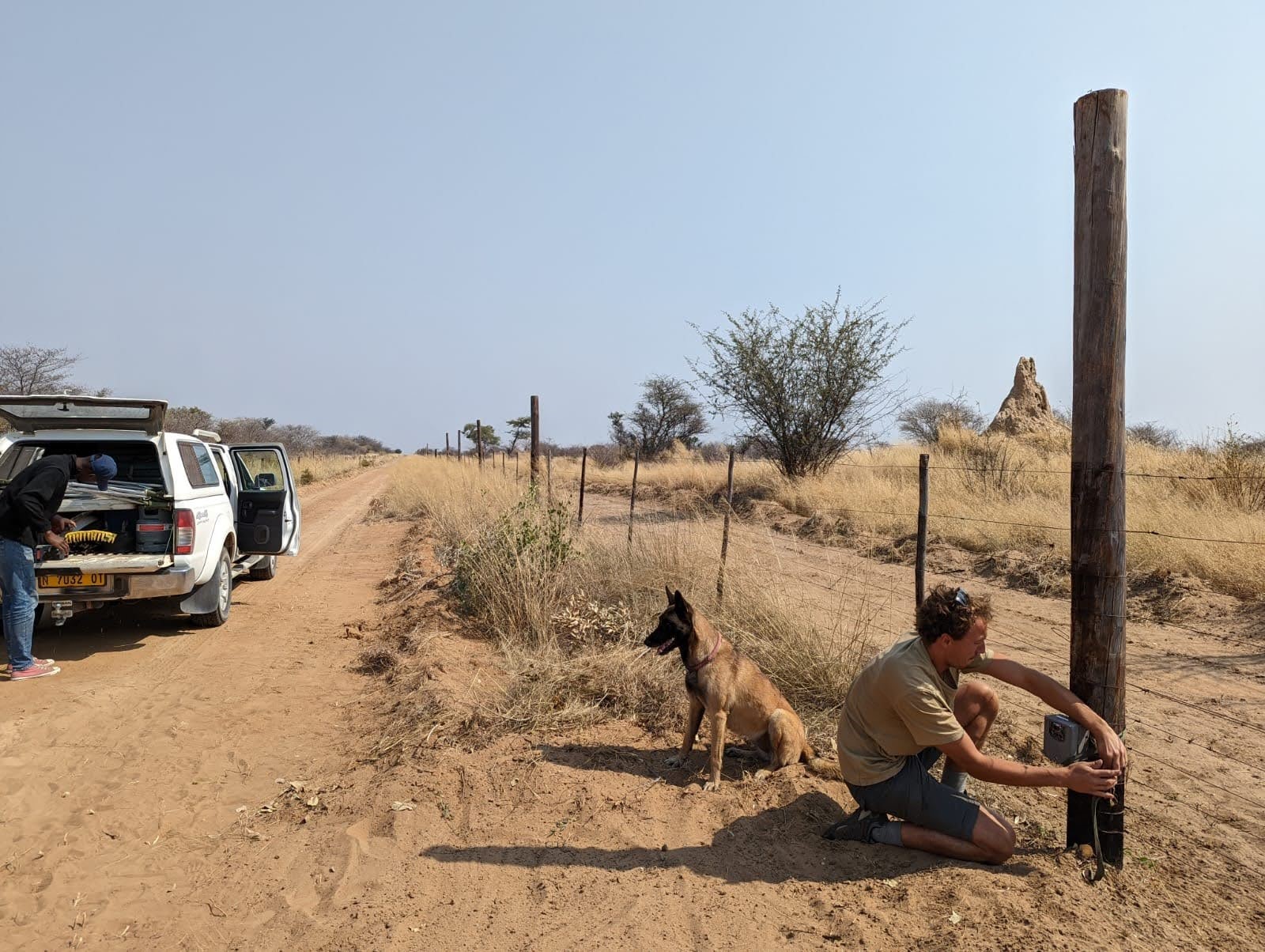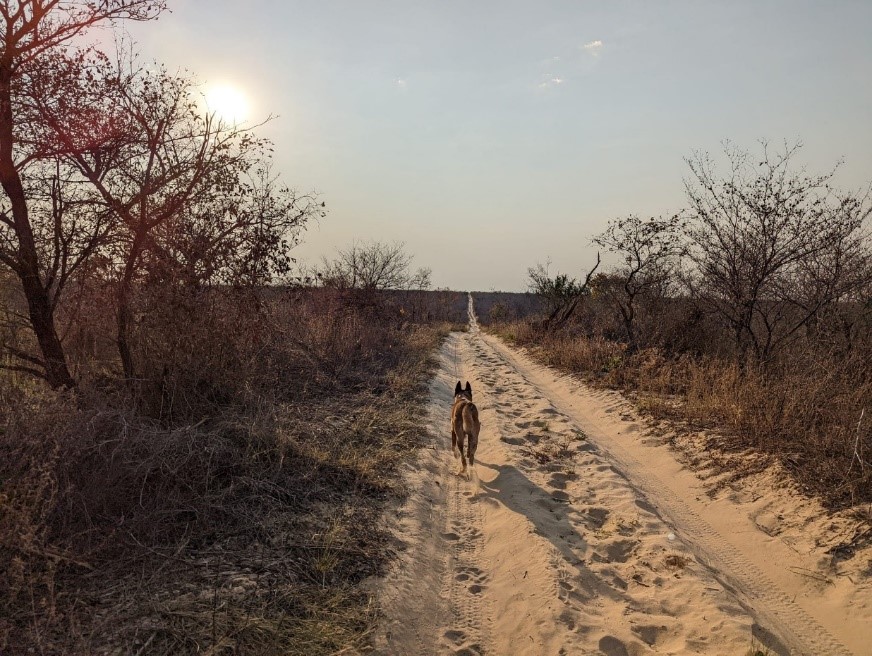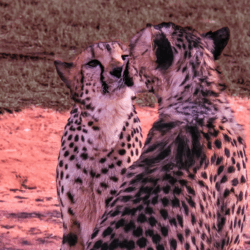Habitat restoration in Namibia, part two
-

- by Hannah Mulvany 21 October 2022

We wanted to highlight our habitat restoration work, so we spoke to CCF’s Senior Ecologist and Forest Steward Matti Nghikembua who was happy to answer all of our questions. For part one of this two-part blog, click here.
CCF UK: What happens to all the plant material that you remove?
We are able to turn the negatives of bush encroachment into positives, as the plant material that is removed can be used for many purposes, including the production of charcoal, gasification, wood distillates, artificial timber (composite wood), bioelectricity, animal feeds and firewood (natural form) or processed wood chips (referred to as ‘Bushblok’).
The Namibian biomass industry currently focuses on developing innovative projects that find solutions to the bush encroachment problem. The projects aim to restore the productivity of natural areas and improve habitat for wildlife, while creating environmentally friendly, sustainable jobs for local people.

Since 2003, our team have harvested encroaching bush from farms and produced Bushblok for the local and international market. Trees/shrubs are felled manually (using axes) or mechanically (using self-propelled powered machines) and left in the sun to dry for approximately one month. After drying, it is processed with industrial chippers, loaded onto trailers and transported to the factory for further processing. The raw wood chips are hammer milled at the factory and fed to extruder machines that combine the material with heat and pressure to form the logs without any additives.

CCF UK: How is CCF’s habitat improvement work improving human-wildlife conflict?
Matti: CCF believe that the health of rangelands affects the way farmers perceive predators. It is believed that healthy rangelands with diversified income projects yield higher economic profits. Consequently, farmers’ negative attitudes, perceptions, and tolerance towards economic loss due to predators are not as rigid as on farms with low productivity.
Bush encroachment is a classic example of rangeland degradation, hence poor economic income, and intolerance towards predators on encroached farms has been observed. Increasing farm profit on productive rangelands by removing encroaching bush provides an economic incentive, and therefore farmers are more likely to be tolerant towards any potential economic losses due to predators. As such the removal of carnivores and other wildlife species is less likely.
CCF UK: How do you monitor wild cheetahs to determine their population?
Matti: Wildlife assessments are conducted to understand the distribution patterns and trends of density, movements, demographics, and habitat utilisation on CCF farms. Assessments are done in different habitat types including bush encroached and previously thinned areas, spanning across all CCF farms, and different harvest ages. Camera trap surveys are used to capture images of wildlife that are utilising the farms.

Another method to survey wildlife involves the use of scat detection dogs, who can confirm the presence of wildife by finding their faeces. Both camera traps and scat detection dogs are non-invasive methods suitable to detect rare and elusive species such as the cheetah. Clues such as the image captures or scat left behind by animals are used to confirm their presence, abundance, and activity patterns. CCF’s trained scat detection dogs help identify cheetah scat in the field, which is then brought back to CCF’s genetics lab for genetic extraction and individual profiling. Scat collection also allows us to identify the sex, diet and origin of individual cheetahs in the wild in a non-invasive, hands-off manner – making it a vital research tool at CCF.

If you’d like to support our habitat restoration work, please consider making a donation to CCF UK.



